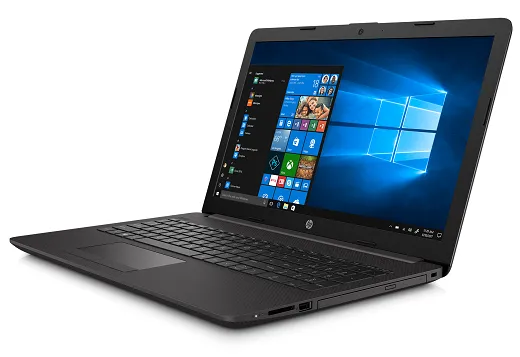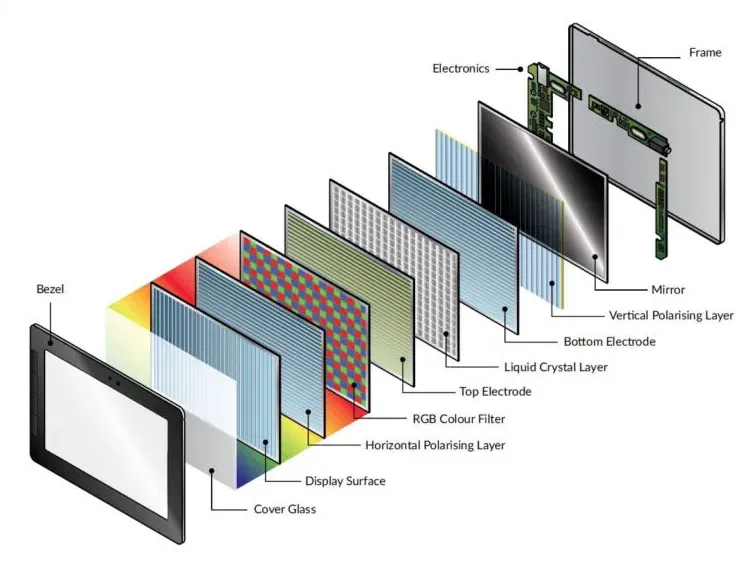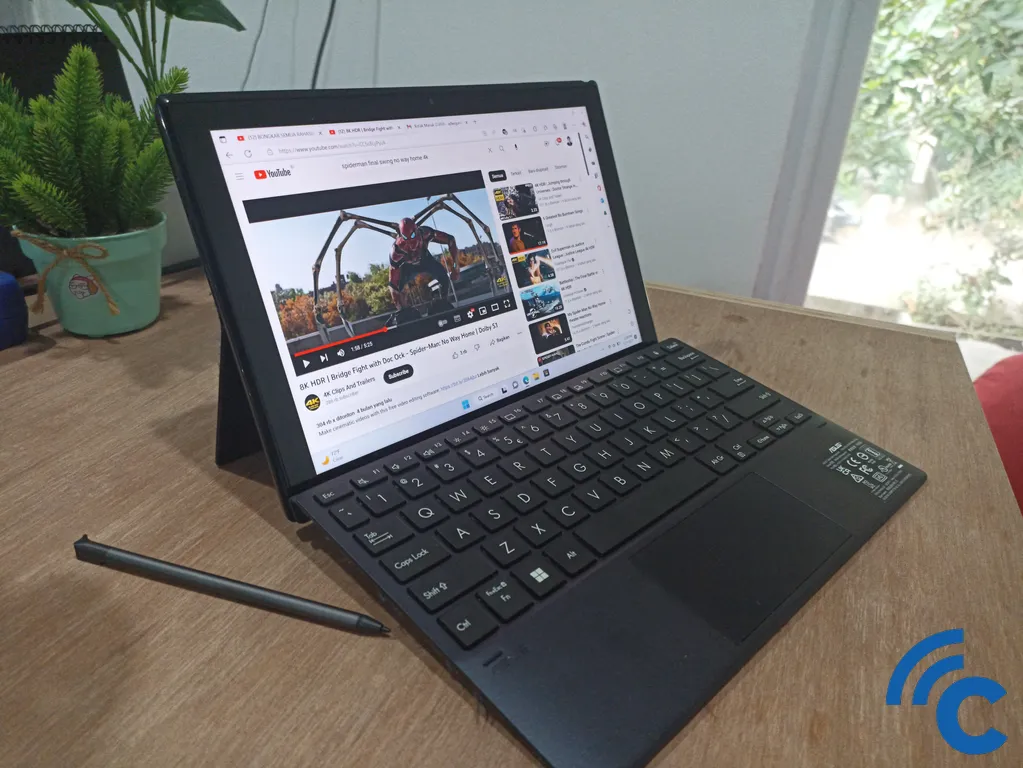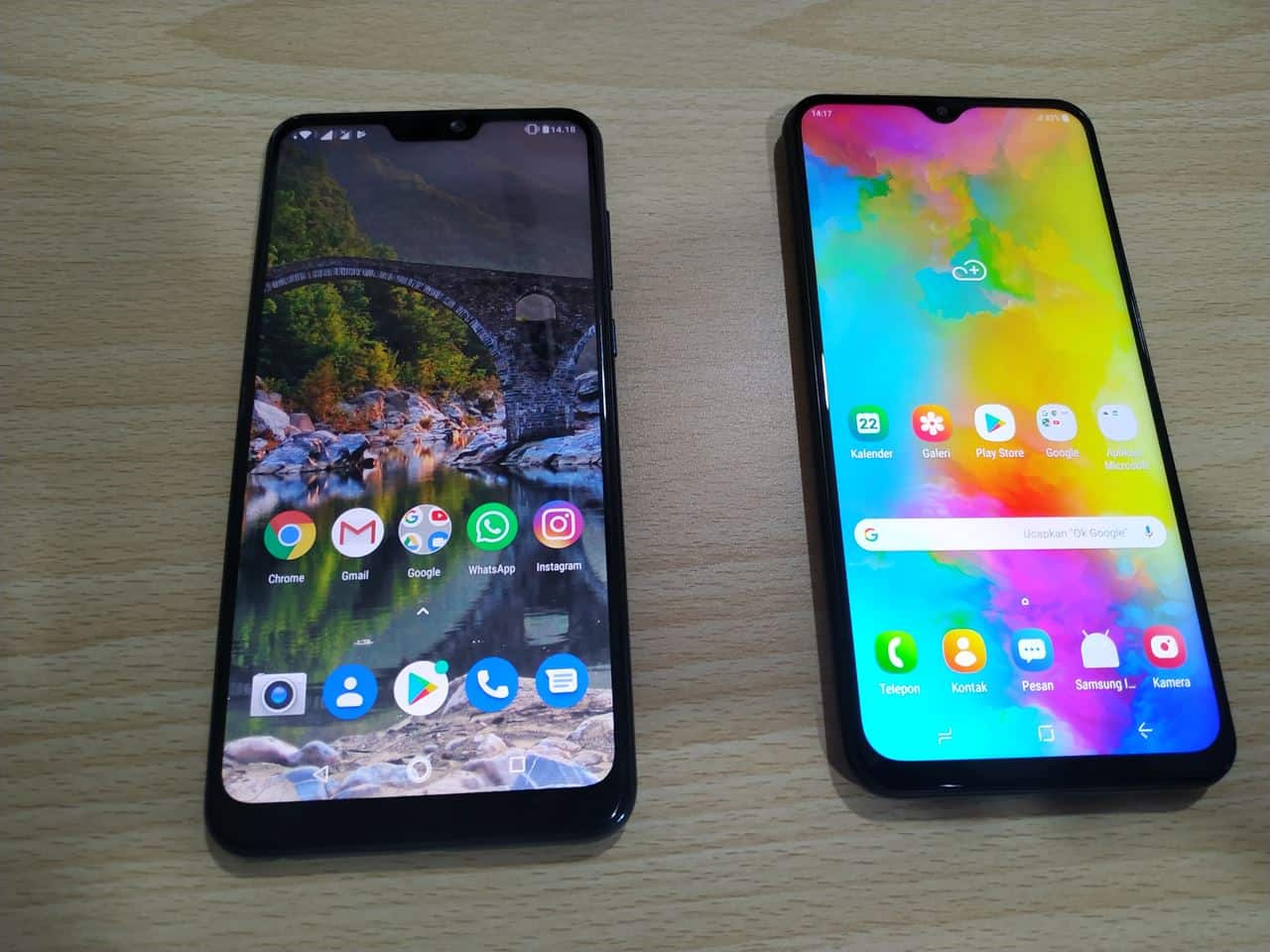The Differences between IPS, TN TFT, and PLS TFT Displays
Selecting the right monitor, laptop, or smartphone can be challenging. With myriad factors like specifications, cost, and intended use to consider, the choice becomes even more complex. One of the most important features in smart devices is the screen, which cannot be overlooked.
Nowadays, several screen panel types, including TN TFT, IPS LCD, PLS TFT, and AMOLED, dominate the market. However, these technical terms might seem alien to many prospective buyers who aren't tech-savvy.
Often, consumers unfamiliar with these terms prefer visiting a store in person to evaluate displays firsthand. But in our increasingly digital age, purchasing a smart device online can feel overwhelming when confronted with such jargon in the product specifications.
Fear not! The intricacies of IPS, TN TFT, and PLS TFT panels can be easily grasped. These panels vary in display quality, power efficiency, and response time. Let's dive into the differences among these three panels.
What are IPS, TN TFT, and PLS TFT?

TN, short for Twisted Nematic, is a widely produced display panel type. It's commonly found in entry-level laptops, such as the HP 256 G7 used by me, which features a 720p TN TFT panel.
"Twisted Nematic" describes the alignment of individual pixels in rows. The TN TFT (Thin Film Transistor) panels mark a significant advancement over the bulkier CRT displays. Additionally, TN TFT panels consume relatively low power for optimal illumination.
On the other hand, an IPS LCD panel, which stands for In-Plane Switching Liquid Crystal Display, incorporates a liquid crystal layer. Each pixel on the screen consists of one liquid crystal that functions as a light point.
Unlike AMOLED displays, which generate light organically, IPS LCD panels need an added backlight layer for illumination. This backlight projects light to the liquid crystal layer, which then disperses it. This mechanism resembles shining a flashlight on a glass pane, causing the light to scatter. The dispersion of light is modulated by horizontal and vertical filters flanking the crystal array.
The development of IPS LCD was to address the limitations of TN TFT panels, especially their restricted viewing angles and subpar color reproduction.
To rival IPS panels, Samsung introduced their iteration, termed PLS TFT (Plane to Line Switching). This panel type performs on par with IPS LCDs, but with certain enhancements to boost its competitive edge.
Differences in IPS, TN TFT, and PLS TFT Displays
For a deeper understanding of the distinctions between IPS, TN TFT, and PLS TFT displays, consider the details provided below.
1. Viewing Angle

For those planning on couch gaming with groups like friends or family, selecting a monitor, laptop, or TV with an extensive viewing angle is crucial.
In this context, PLS TFT emerges as the top contender. Samsung's PLS TFT is touted to offer the broadest viewing angle, closely followed by IPS LCD, which boasts a viewing angle of 178 degrees.
Of the three panel types, TN TFT has the most limited viewing angle. Using this panel, a slight deviation from the direct viewing position can lead to immediate color shifts — resulting in muted and less vibrant colors. Consequently, devices with TN TFT panels provide a less optimal side-viewing experience.
2. Production Cost

TN TFT display panels have been around the longest compared to the others, making their manufacturing process the most refined.
The matured process allows manufacturers to integrate automation more seamlessly and mass-produce with greater efficiency. As a result, TN TFT panels enjoy the most cost-effective production among the trio.
On the other hand, PLS TFT is said to have a production cost that's 15% less than IPS LCD. This positions IPS as the most expensive panel to produce. However, please note that PLS TFT panels are exclusively produced by Samsung, making such claims challenging to verify conclusively.
3. Response Time

Different display panels cater to various needs: some are optimized for design applications, while others are tailored for gaming. If you're in pursuit of a display tailored for high-octane gaming, the TN TFT display panel should be your top pick.
TN TFT panels boast the quickest response times in the industry. Sources such as wepc.com report that they can achieve response times under 1 millisecond.
In contrast, both PLS TFT and IPS LCD generally exhibit response times ranging from 1 to 2 milliseconds. Older models might even register times up to 5 milliseconds.
Engaging in competitive games like CS: GO on a display with sluggish response times can result in motion blur. This stems from the pixels' inability to relay visual data swiftly between them.
4. Power Consumption

Power efficiency plays a pivotal role when deciding on a display panel. In this category, TN TFT takes the lead, showcasing superior power efficiency compared to its counterparts.
In practical terms, devices like laptops or monitors equipped with TN TFT panels tend to have longer battery life or help in keeping electricity bills in check.
Following TN TFT, PLS TFT ranks next in terms of energy efficiency. While it doesn't match the power conservation of TN TFT, it still draws less power than IPS LCD, as highlighted by bestmonitorshz.com.
5. Maximum Refresh Rate Support

Alongside its great response time, the TN TFT panel also stands out for its superior refresh rate capabilities compared to other panels. It's noteworthy that, according to benq.com, this panel type can support an impressive refresh rate of up to 240 Hz.
For those using IPS LCD or PLS TFT panels, the refresh rates are typically at around 150 Hz to 160 Hz. This underscores the notion that TN TFT panels are ideally suited for gaming, especially in high-intensity games like PUBG and Call of Duty.
6. Color Display Quality

While TN TFT excels in the gaming realm, it falls short for tasks that hinge on precise color reproduction, such as graphic design. This limitation stems from its inability to match the color accuracy of its counterparts.
TN TFT panels typically support only the standard RGB color gamut. In contrast, IPS LCD panels can accommodate the more advanced DCI-P3 color gamut. This ensures that users with IPS LCD displays are treated to a more vibrant and nuanced color spectrum, enhancing the overall viewing experience.
PLS TFT, on the other hand, shines in scenarios like story-driven games, such as Skyrim, thanks to its superior image quality. With its ability to mitigate ghosting effects in low-light conditions, PLS TFT also ensures that movie scenes set during the night are more captivating and clear.
Conclusions
In understanding the nuances of TN TFT, IPS, and PLS TFT panels, it's evident that each comes with its unique strengths and limitations. The decision between IPS and PLS can be somewhat interchangeable, as their performances are broadly comparable.
For those prioritizing rich color depth and a high contrast ratio, both IPS LCD and PLS TFT emerge as strong contenders. Meanwhile, even as the prominence of TN TFT wanes in modern times, its unmatched ability to provide swift response times stands out. Ultimately, the choice boils down to your specific needs and preferences. Which one aligns best with your needs?
